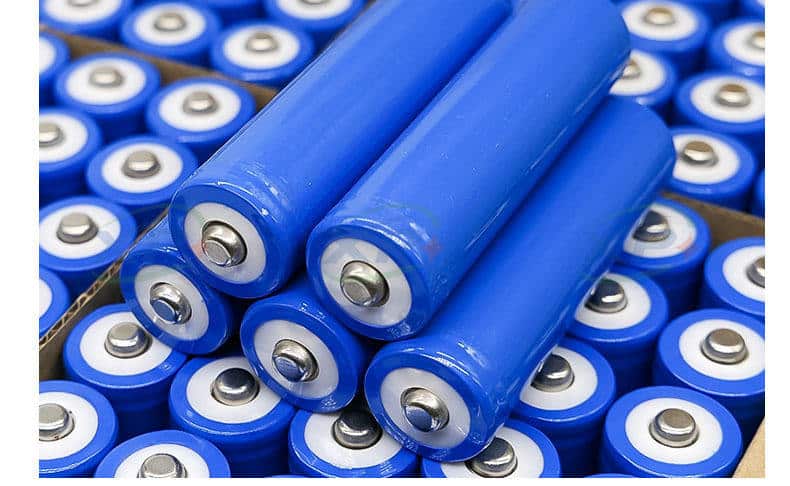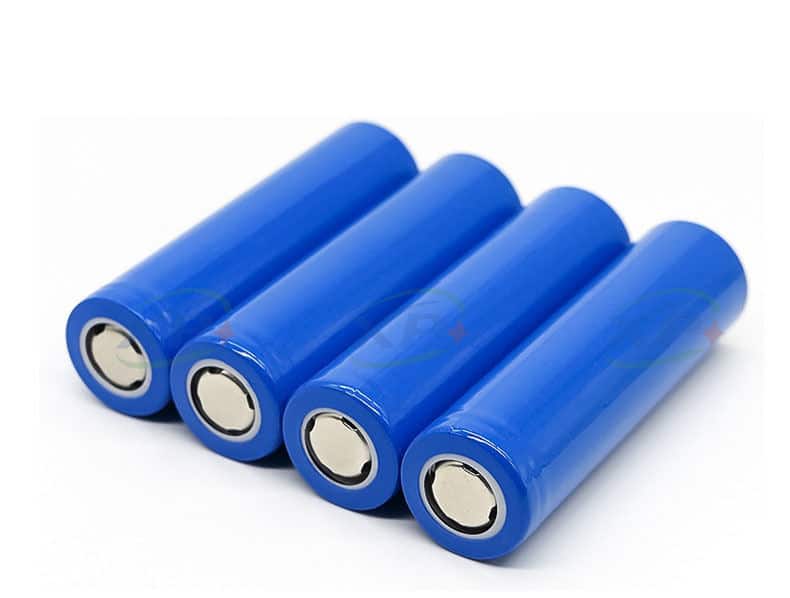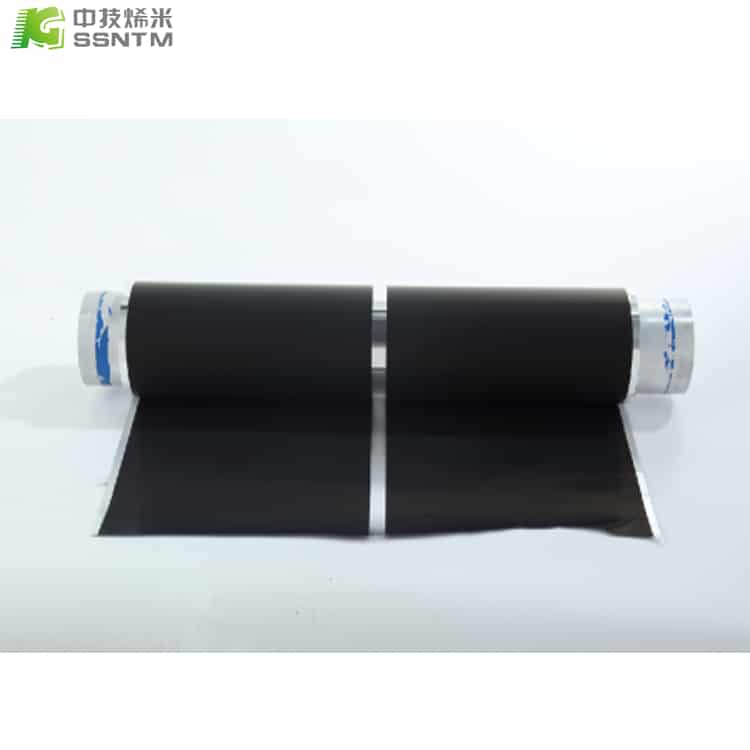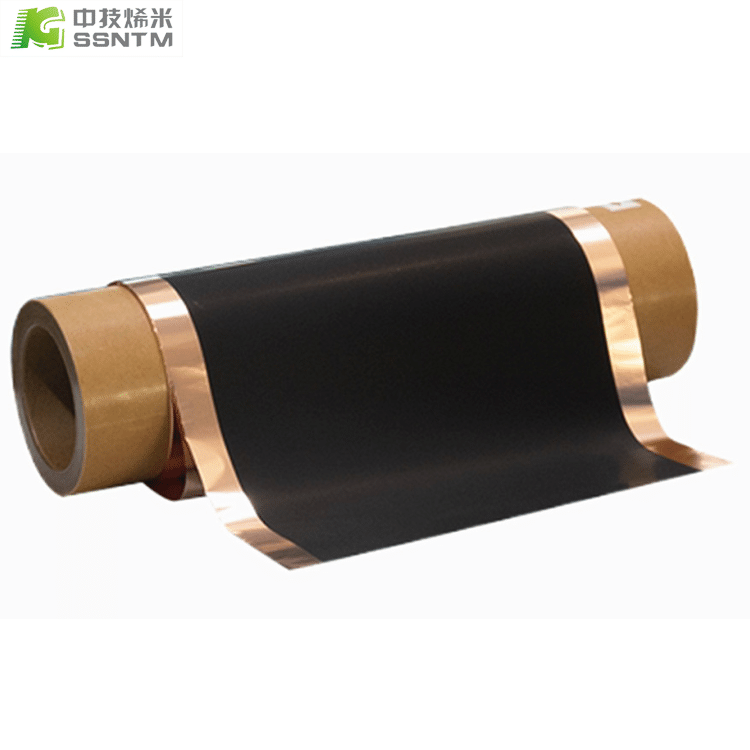Basic concepts related to lithium batteries
Open circuit voltage: The voltage between the positive and negative terminals of a battery when there is no load. In general, the open circuit voltage of lithium-ion batteries is around 4.1-4.2V after being fully charged, and about 3.0V after discharge. By detecting the open circuit voltage of the battery, the state of charge of the battery can be determined.

Working voltage: The voltage between the positive and negative poles of a battery when it is under load. In the discharge working state of the battery, when the current flows through the inside of the battery, there is no need to overcome the resistance caused by the internal resistance of the battery, so the working voltage is always lower than the open circuit voltage, and the opposite is true during charging. The discharge working voltage of lithium-ion batteries is around 3.6V.
Nominal voltage: The average voltage during the entire process of battery discharge at 0.2C.
Nominal capacity: The discharge capacity of the battery at 0.2C discharge.
Internal resistance: The resistance between the positive and negative terminals of a battery. Including ohmic internal resistance and polarization internal resistance.
Nameplate capacity: Lithium ion batteries are regulated to discharge Nameplate capacity when charged for 3h and discharged to 2.75V at 0.2C under normal temperature, constant current (1C) and constant voltage (4.2V) control.
Actual capacity: refers to the actual amount of electricity released by a battery under certain discharge conditions, mainly influenced by the discharge rate and temperature (therefore, strictly speaking, the battery capacity should indicate the charging and discharging conditions). Capacity unit: mAh, Ah)
Cycle life: Under certain conditions, the number of times a rechargeable battery can be charged and discharged repeatedly when its capacity and performance meet the specified requirements. According to GB regulations for lithium-ion batteries, the capacity retention rate is above 60% after 500 cycles under 1C conditions.

Capacity density: The amount of electricity that can be released per unit mass or volume, usually expressed in mA · h/L or mA · h/kg.
Energy density: The energy released per unit mass or volume, usually expressed in W · h/L or W · h/kg.
Coulomb efficiency: under certain charging and discharging conditions, the percentage of the discharged charge and the charged charge is also called charging and discharging efficiency.
Charging characteristics: The characteristics exhibited by a battery during charging, such as charging curve, charging capacity, charging rate, charging depth, charging time, etc.
Charging curve: The curve of the voltage of a battery over time during charging.
Overcharging: The process of continuing charging beyond the specified charging termination voltage, which affects the battery’s service life.
Discharge characteristics: The characteristics exhibited by a battery during discharge, such as discharge curve, discharge capacity, discharge rate, discharge depth, discharge time, etc.
Discharge capacity: The amount of charge released during battery discharge. Generally expressed as the product of time and current. For example, A.h, mA.h (1A. h=3600C)
Discharge rate: A measure indicating the speed of discharge. All capacities are discharged within 1 hour, which is called 1C discharge; After 5 hours of discharge, it is called C/5 discharge. C (magnification) is used to represent the ratio of the current magnitude during battery charging and discharging, i.e. the magnification.
Discharge depth: A measure indicating the degree of discharge. The percentage of discharge capacity to total discharge capacity, abbreviated as DOD
Overdischarge: refers to the discharge that exceeds the specified termination voltage and continues below the termination voltage. At this point, it is easy to experience liquid leakage or the service life of the battery is affected.
Self discharge: The process of capacity loss caused by a battery not being connected to an external load during storage.
Internal short circuit: The state in which the positive and negative poles of a battery form an electrical path, mainly due to the damage of the separator, the mixing of conductive impurities, and the formation of dendrites.





